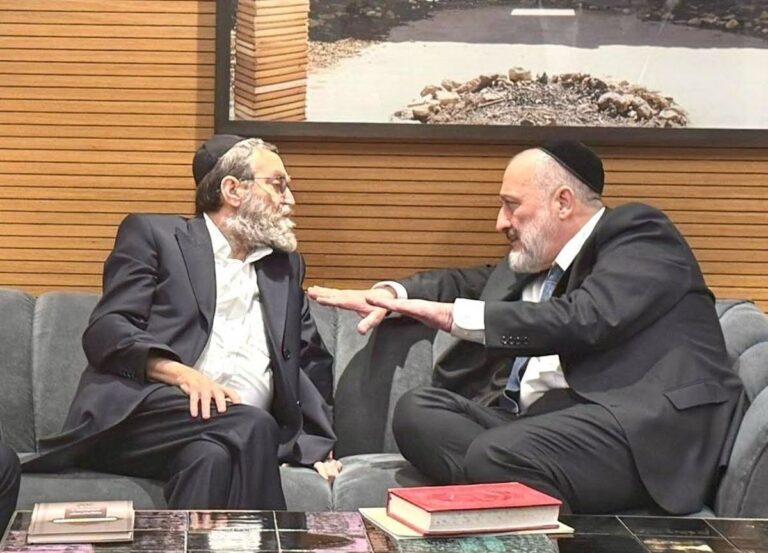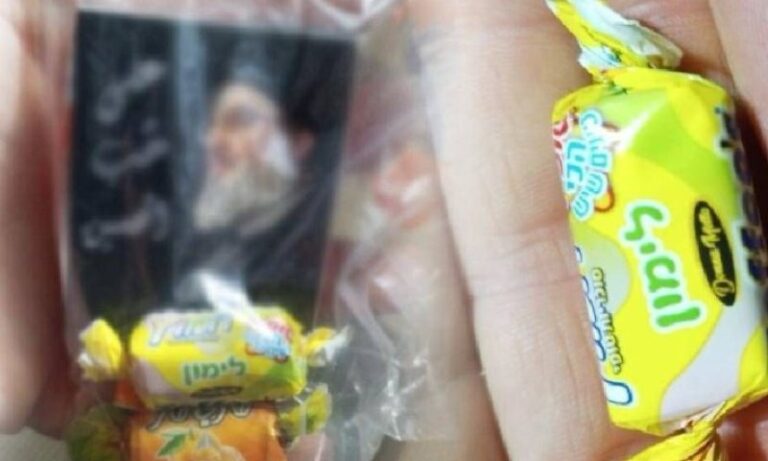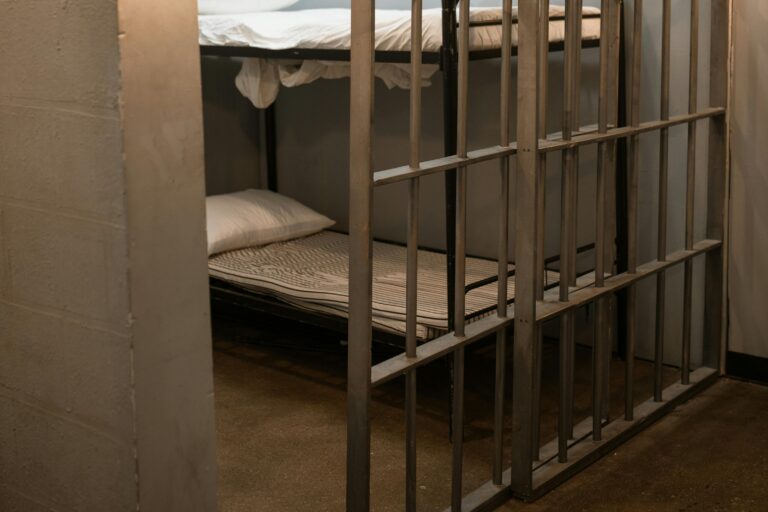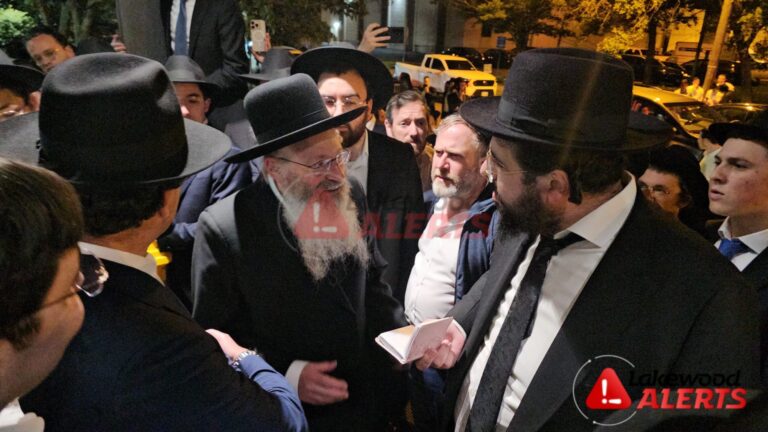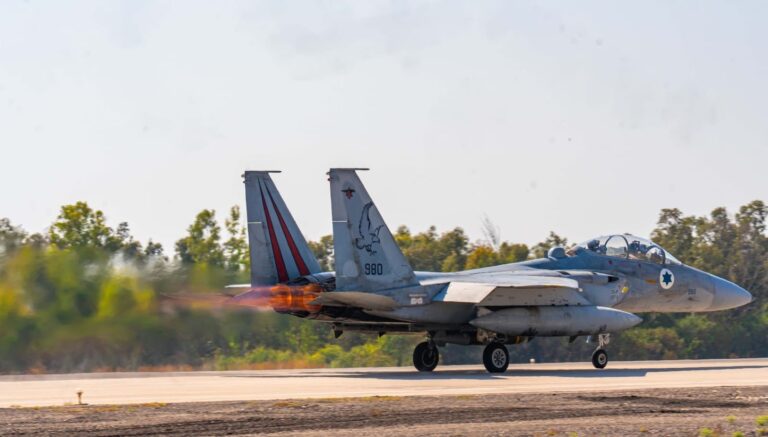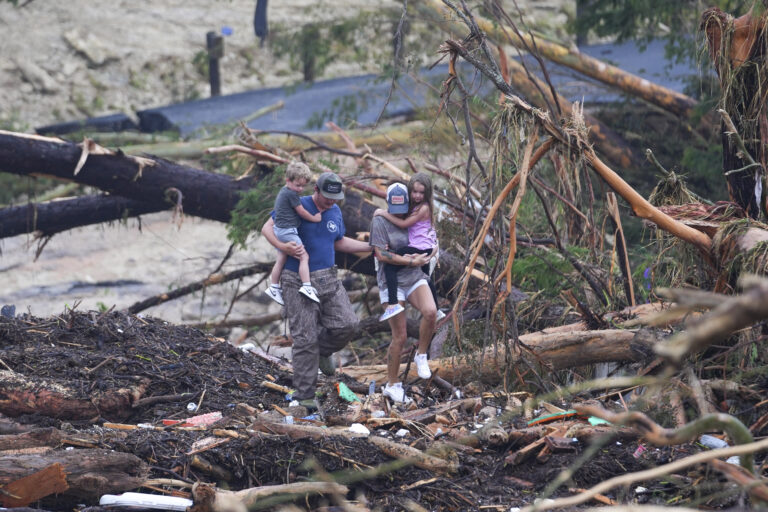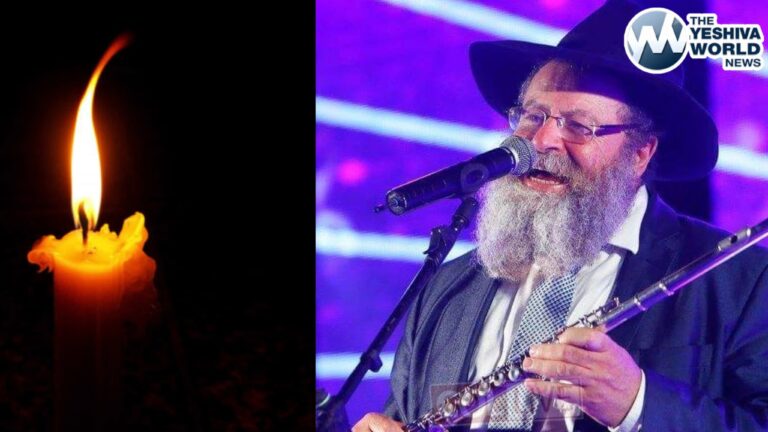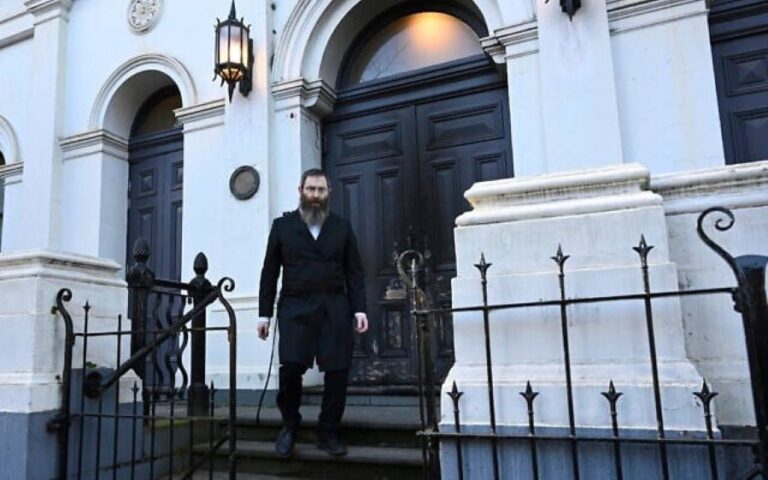אֵשׁ תָּמִיד תּוּקַד עַל הַמִּזְבֵּחַ לֹא תִכְבֶּה
‘A continuous fire shall burn upon the altar; it shall not go out.'(6; 6)
In this weeks parsha the Torah specifies the mitzvah of having a constant fire burning on the Mizbeach. There is an obligation to have a continuous fire burning, in addition to another commandment-a ‘lo saseh’-to not extinguish it. The gemara in Yoma (24b) says, that even though one of the daily miracles that occurred in the times of the Mishkan was that there was a fire which came down from heaven to consume the korbanos, nevertheless we still had an obligation to light a daily flame, in order to fulfill the obligation from Hashem.
Firstly, why the need for a fire in the first place? If Hashem was providing an outside source to consume the korbanos, why can’t we just rely on that same heavenly flame?
Furthermore, if one has a mitzvah to bring a korban, then included in the same mitzvah should be to light a fire to devour it. Why are they split up into two separate mitzvahs, one to bring a korban and the other to light the fire? What seems to be the reason that these became two independent mitzvohs?
Sefer Hachinuch answers as follows:
When Hashem decides to perform a tremendous miracle , He does His best to disguise it and make it appear as if it is a regular occurrence. That’s how Hashem performs His nissim. The reason being is that Hashem doesn’t have the need to ‘show off’; there is no need for Him to glorify Himself through these miracles. Rather, it is for us- to allow us a small taste of His incredible ability. To a certain degree-He likes to make it appear as natural as possible. We read that at krias yam suf, that Hashem prepared a strong wind to blow the whole night simultaneously as he performed this great nes, so that others would think that the splitting of the sea was a natural occurrence. Here too, the reason why Hashem had us light the fire was to camouflage His daily miracle of His fire coming down onto the Mizbeach.
Sefer Hachinuch continues and says that every single person has success and thrives in those areas that he commits and dedicates himself for the Ribono Shel Olam. It is in that area that a person is going to have success in, throughout their life. For example, take the mitzvah of Lechem Hapanim. The reason why we have it is to give us the opportunity that through us bentching after we eat bread, we will have hatzlacha in our parnassah. The same is true here with lighting the fire. Fire represents the nature of a man. The Rambam says there are four components of mankind: Fire; Water; Dirt; and Ruach (spirit).
Everyone has a certain element of fire in them, and natural reactions protrude from that (i.e. excitement, anger, etc.) In order for us to receive beracha from the element of fire within us, Hashem gives us an opportunity to be matzliach with it (our excitement, anger, etc.). But there has to be an even balance in this in order for it too work. This fire represents the fire within us and in order to have the perfect balance Hashem gave us this mitzvah.
The first lesson we can all learn is that anytime Hashem performs a miracle, or wants to send us a message, it is sent in a concealed manner. For example, a young person passes away, R”L, the first question that’s asked is: was he sick? What that means is, if he wasn’t-then it was tragic. If not, it is very flustering for us. A person will always try to twist it and minimize the effect it has towards them. ‘Oh, he was sick’. ‘Oh, he wasn’t wearing a seat belt.’ Hashem disguises it but everyone has the option to take the lesson how they choose. It is always given with the option for people to minimize it (for if it was given perfect it would take away from our bechira to a certain degree.)
The second lesson we can learn is brought out by the following story:
By the first knessiah gedola (in 1923), which was the first major gathering of all the different sects of klal Yisroel, someone asked the Chofetz Chaim the following: at the present moment, Hashem is looking down from shomayim, -what does he see? Right now what does Hashem see here?
Answered the Chofetz Chaim like this: Hashem sees four types of yidden. Frozen people; Cold people; Warm people; and Fiery people. It doesn’t make a difference if you shave or what you wear. Frozen people don’t allow themselves to be moved by anything; their hearts are made of stone. Cold people occasionally can be moved. Warm people are very easily moved. But fiery people, are looking to be moved! That’s the fire that we all have inside of us. This fire was represented on the Mizbeach; it gave us the opportunity to soak our insides. We have to stay fresh; we have to stay hot and we have to keep it alive.
Nowadays, without this beracha-as we have no Mizbeach- we need to look to find ways how to ignite our own inner fire. When something tragic happens, lo aleinu, it’s up to us to ignite that fire and take upon something new; something small-for the better, that can hopefully move us to become a better person.
HAVE A GREAT SHABBOS


